How can a skinny person get bigger thighs and hips?
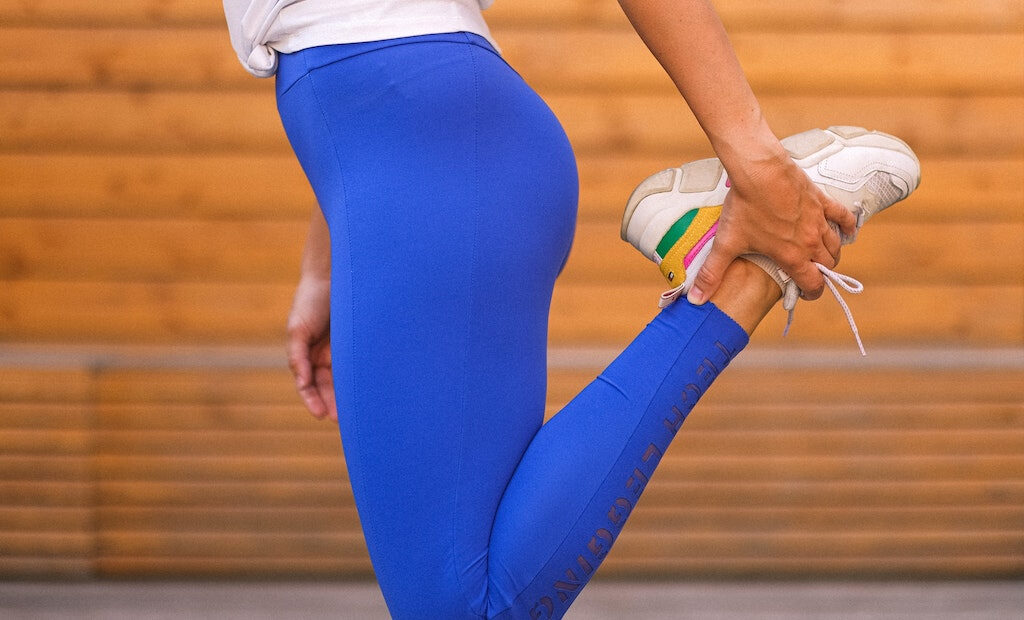
If someone is skinny and wishes to change it, it’s possible. Longing for much bigger, thicker thighs is not enough and it doesn’t matter whether someone aims at increasing core strength or just looking better in general. The calorie intake and the workouts put into the hips and thighs have a major part.
Merely dreaming about it is not enough. It’s necessary a clear plan and the conviction to follow it. When it comes to growing bigger thighs and hips, it’s a lifestyle choice. A change in the diet and going into the gym often for workout sessions will be required. This article will provide insights and include exercises that will help bulk up the legs. For a personalised programme in your local gym you should discuss your goals with an accredited trainer who has undertaken a Level 2 gym instructor course or a Level 3 Personal Trainer Course.
Train legs three times per week
The lower body, including the thighs and legs are familiar with carrying a person’s weight around all the time. In order to bring about a noticeable change in the structure and bulk of it, it’s necessary to go all in with intense workouts that are dedicated to getting thicker thighs and hips. It is recommended to train 3 times a week.
This is recommended as high-frequency training has higher chances and is good for muscle hypertrophy. Since, there will be sufficient time for the muscles to recuperate, it’s possible go all out in the training sessions. The six-day upper/lower split is a great way for workouts not only to get bigger hips and thighs, but also to keep the body in shape and is preferred by most trainers around the world.
Incorporate deadlifts & squats
Squats have been popular recently as it helps to grow the shape and size of one’s butt and is also a great way to grow the glutes. As per the health experts at Click Pharmacy, this is a basic exercise that can be followed by skinny people without weights if not possible, at first and slowly increase weights to have higher effects.
Try incorporating compound lifts like deadlifts into workout sessions, preferably at the beginning. This helps in developing the lower body as a whole and affects multiple muscle groups simultaneously. From there, individuals can focus on dedicated and accessory workouts, engaging all parts of the leg muscles, especially the thighs.
Instead of adding weights to squats and lunges, deadlifting can also be considered. Deadlifts not only serve as an excellent alternative to squats for leg transformation but also hold value as a competitive sport. It is advisable to gradually increase weights with each repetition and ensure completion of each repetition, taking adequate rest between sessions.
Quadriceps training
Underscoring the importance of developing the quadriceps cannot be overstated. The growth and muscle definition of these muscles determine the size of the thighs. Therefore, one’s workouts should incorporate exercises that foster the development of these muscles for lasting results. However, this doesn’t necessitate the use of weights exclusively.
Traditional exercises such as squats and leg extensions, alongside leg presses and weighted lunges, provide excellent options. It’s advisable to identify what proves most effective and incorporate that into the routine. Occasionally mixing things up can be beneficial for stimulating glute growth and promoting a balanced workout session.
Hamstring muscle training
Ground-up hamstring training is imperative, particularly when concentrating on lower body development. Negligent training can lead to hamstring injuries. It’s often observed that women typically concentrate on glutes, hamstrings and the posterior using bodyweight exercises. After building adequate strength, they then direct their focus on training each individual aspect for safety. Hamstring training is an effective way to achieve larger thighs.
Exercises such as deadlifts and hamstring curls are beneficial for this muscle group. Varying the exercises occasionally and increasing repetition numbers after a few sessions can boost effectiveness.
Limited cardio workout
It’s a common beginner’s error to overemphasise cardio exercises, irrespective of their specific goals. It’s essential to remember that the primary goal is leg bulking, so investing too much time in running, swimming and other cardio activities doesn’t align with this objective. These exercises serve to enhance cardio capacity and demand considerable time commitment.
The core aim should be muscle building and maintaining them in the best possible condition. For individuals who have limited time for strength workouts and whose main aim is to increase thigh size, it might be best to forgo cardio exercises.
Caloric surplus and high-protein diet
Diet is a crucial aspect to consider when aiming to enlarge the thighs. It’s challenging to bulk up the lower body muscles without a suitable diet. Consuming enough calories to meet daily body requirements is essential. Anticipating that workout sessions will miraculously increase thigh size while being on a restrictive diet is unrealistic.
Food plays a pivotal role in achieving the desired outcomes as it fuels the body for performance, recovery and overall progress. Pre-workout nutrition is arguably the most important part of daily meals. Consumption differs from one person to another, but it’s generally advised to eat high-protein meals about an hour before gym sessions. Eating easy-to-digest proteins like lean fish is beneficial. For further information about optimising pre-workout nutrition, learn more here.
Verdict
For a person with skinny legs who looks for a change, this article might help grow the glutes on and off the gym. The above-mentioned basics of workout sessions have to be kept in mind for someone aiming to get bigger hips and thighs.
However, a word of caution: if someone is going for weight training, they should do their due diligence and use the weights they are comfortable with or seek the help of a professional trainer. The lower body shouldn’t be overstrained the first time around as it can lead to injuries.
The editorial unit

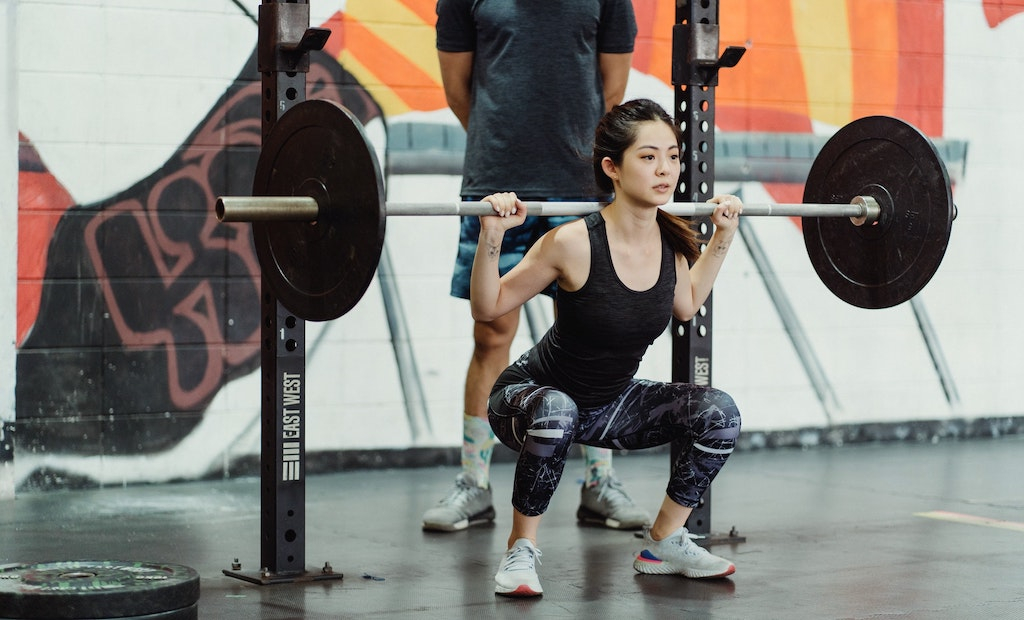
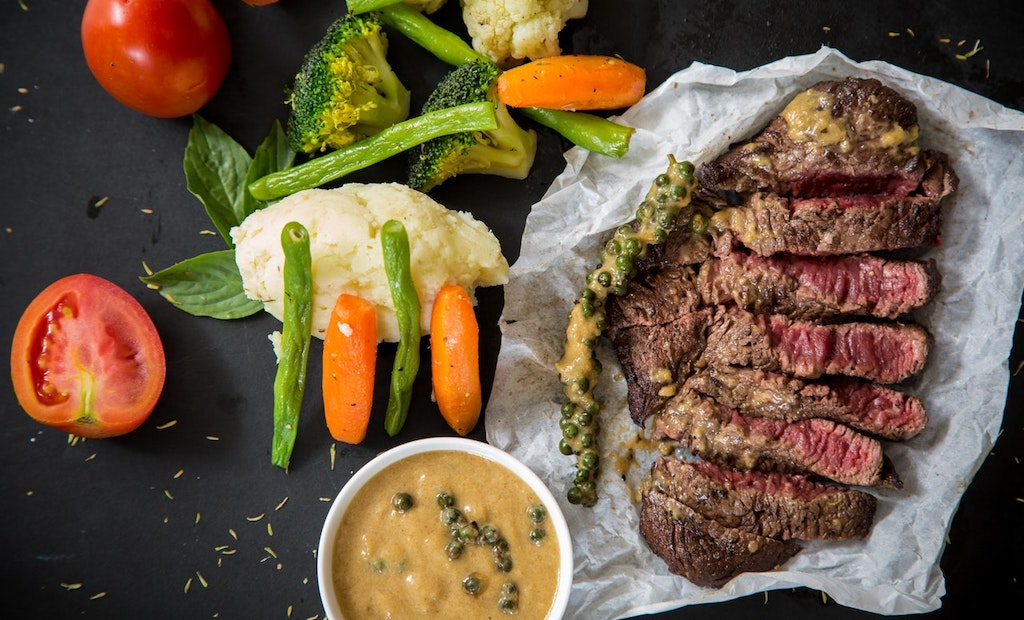



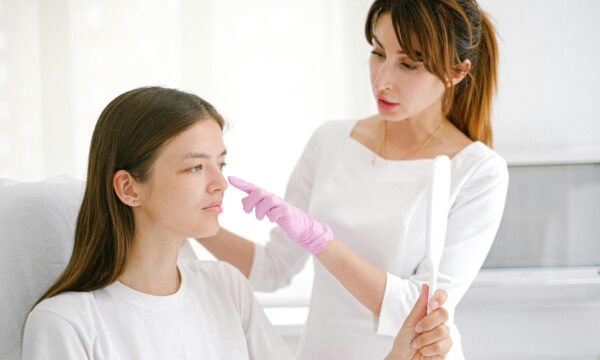
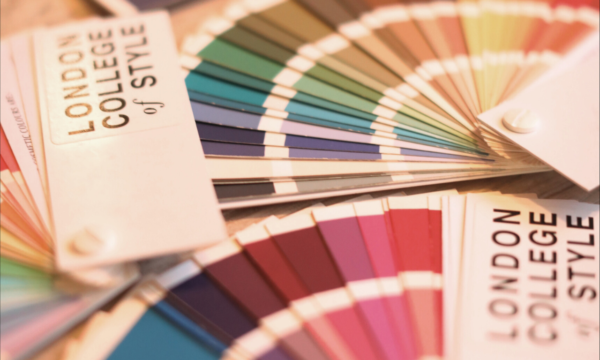


















Facebook
Twitter
Instagram
YouTube
RSS